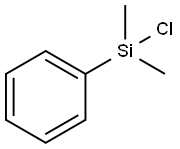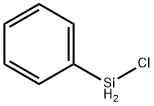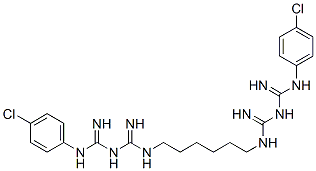Chlorhexidine , Analysis standard product, 99.5% , 55-56-1
Synonym(s):
1,1′-Hexamethylenebis[5-(4-chlorophenyl)biguanide];Chlorhexidine;Chlorohexidine
CAS NO.:55-56-1
Empirical Formula: C22H30Cl2N10
Molecular Weight: 505.45
MDL number: MFCD00009673
EINECS: 200-238-7
| Pack Size | Price | Stock | Quantity |
| 1G | RMB479.20 | In Stock |
|
| 5G | RMB1598.40 | In Stock |
|
| others | Enquire |
PRODUCT Properties
| Melting point: | 134-136 °C (lit.) |
| Boiling point: | 641.45°C (rough estimate) |
| Density | 1.1555 (rough estimate) |
| refractive index | 1.6300 (estimate) |
| storage temp. | 2-8°C |
| solubility | water: soluble0.08% at 20°C |
| pka | pKa 10.78 (Uncertain) |
| form | Solid |
| color | White to off-white |
| Water Solubility | 0.08 g/100 mL (20 ºC) |
| Merck | 13,2108 |
| BRN | 2826432 |
| Stability: | Stable. Incompatible with strong oxidizing agents. |
| InChIKey | GHXZTYHSJHQHIJ-UHFFFAOYSA-N |
| LogP | 0.080 |
| CAS DataBase Reference | 55-56-1(CAS DataBase Reference) |
| EPA Substance Registry System | Chlorhexidine (55-56-1) |
Description and Uses
Chlorhexidine is a cationic broad-spectrum antimicrobial agent belonging to the bis(biguanide) family. Its mechanism of action involves destabilization of the outer bacterial membrane. It is effective on both Gram-positive and Gram-negative bacteria, although it is less effective with some Gram-negative bacteria. It has both bactericidal and bacteriostatic mechanisms of action.
Chlorhexidine's antimicrobial effects are associated with the attractions between chlorhexidine (cation) and negatively charged bacterial cells. After chlorhexidine is absorpted onto the organism's cell wall, it disrupts the integrity of the cell membrane and causes the leakage of intracellular components of the organisms.
Aqueous solutions of chlorhexidine are most stable within the pH range of 5-8. Above pH 8.0 chlorhexidine base is precipitated and in more acid conditions there is gradual deterioration of activity because the compound is less stable. Chlorhexidine is used primarily as a topical antiseptic/disinfectant in wound healing, at catheterization sites, in various dental applications and in surgical scrubs. It has a LD-50 orally in mice as a diacetate at 2gm./kg. In digluconate form the LD-50 is 1800 gm./kg.
Chlorhexidine is an antibacterial used for numerous applications. It is a cationic polybiguanide (bisbiguanide) used primarily as its salts, dihydrochloride, diacetate, and digluconate. Chlorhexidine is one of those drugs which are enlisted/included in the World Health Organization's List of Essential Medicines, a list of the most important drugs needed in a basic health system.
- Chlorhexidine is used as a germicidal compound in teat dips. Also used as navel treatment, udder and eye wash, surgical scrub and sterilization material.
- Chlorhexidine is used primarily as a topical antiseptic/disinfectant in wound healing, at catheterization sites, in various dental applications and in surgical scrubs. it is used as an antibacterial agent in humans to control gingivitis and over all plaque control in preventative dentistry.
- Hydrogenolysis of benzyl-nitrogen bonds.
- Bacteriostatic;Detergent.
Safety
| Symbol(GHS) |   GHS05,GHS09 |
| Signal word | Danger |
| Hazard statements | H318-H410 |
| Precautionary statements | P273-P280-P305+P351+P338-P391-P501 |
| Hazard Codes | Xi,N |
| Risk Statements | 36/37/38-43-51/53-50/53 |
| Safety Statements | 26-36/37-60-61 |
| RIDADR | UN 3077 9/PG 3 |
| WGK Germany | 3 |
| RTECS | DU1925000 |
| F | 10-34 |
| HazardClass | 9 |
| PackingGroup | III |
| HS Code | 29215900 |
| Hazardous Substances Data | 55-56-1(Hazardous Substances Data) |
| Toxicity | LD50 orally in Rabbit: 5000 mg/kg |





